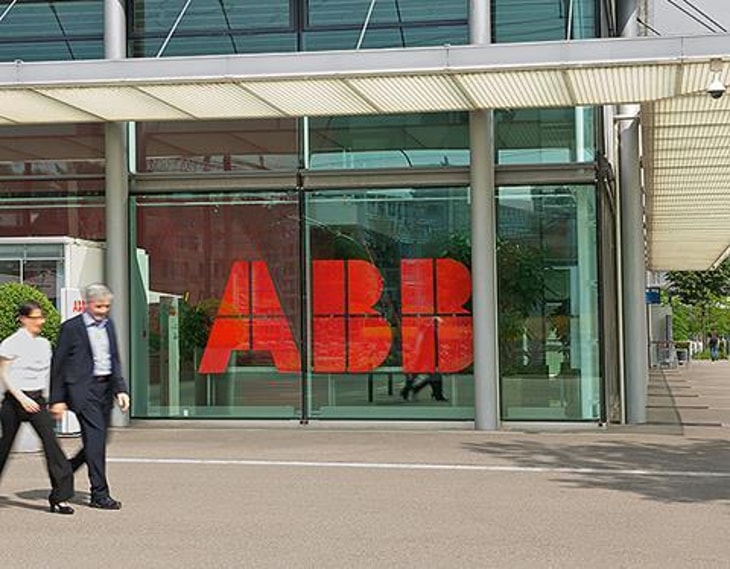While simultaneously decarbonising energy production, the world’s energy needs are increasing at pace. In this article, David Bowers, Product Manager Process & DP Flow, Spirit IT at ABB Measurement & Analytics, explores what is driving interest in green hydrogen, what the process entails, and how modern measurement instruments and analysers designs are adapting to meet the challenges of producing it on a large scale.
The true benefit of hydrogen is that it is a clean-burning fuel that helps to reduce noxious gases in heavily polluted areas however, traditional methods of large-scale hydrogen production for energy tend to rely on the burning of fossil fuels. This is known as “grey hydrogen” or is referred to as “blue hydrogen” when captured through carbon capture and storage (CCS). Whilst hydrogen is less harmful to the environment than traditional fossil fuels, its impact is not negligible, particularly when fossil fuels are used to produce it.
The emergence of clean or ‘green hydrogen’, which is produced through an electrolysis process using renewable electricity, and produces little or no carbon emissions, is an area where there is significant potential to both bring down renewable energy costs and reduce the carbon impact of energy generation.
... to continue reading you must be subscribed







